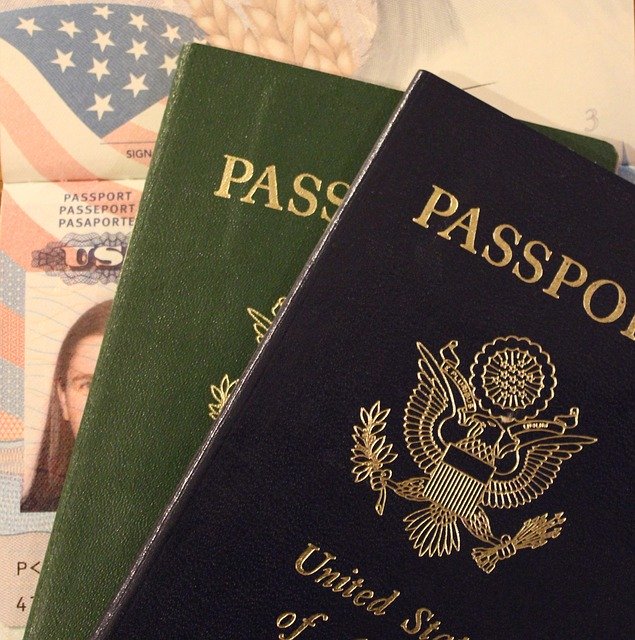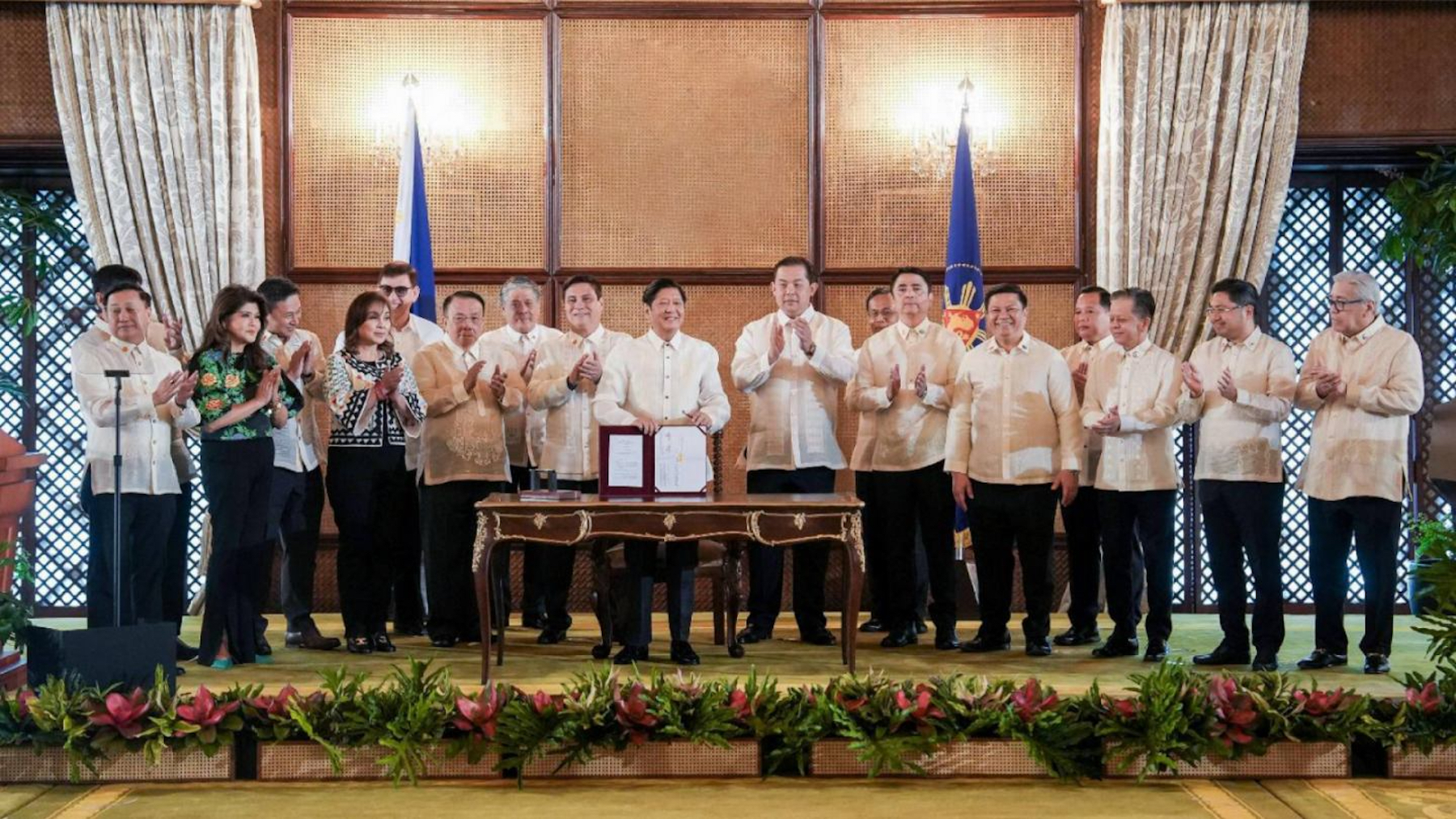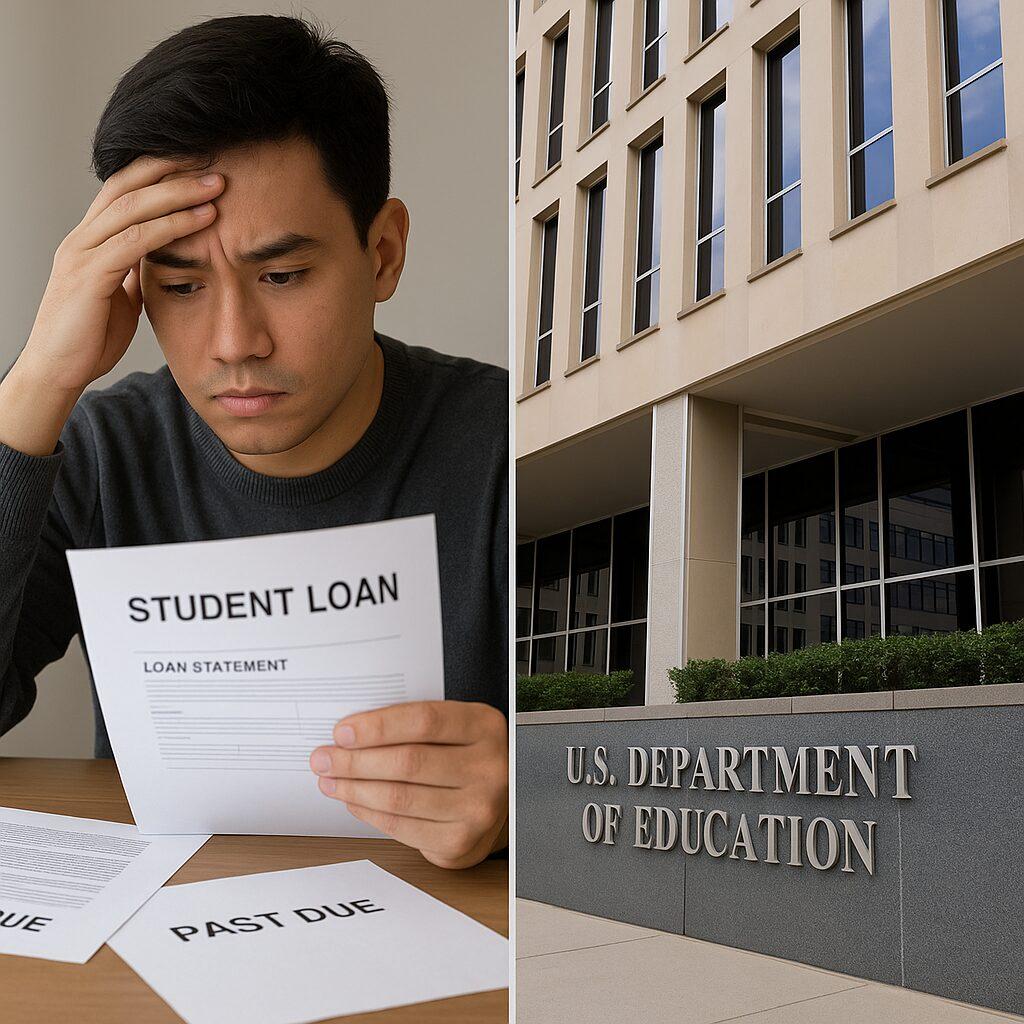As the coronavirus pandemic puts his administration under even more scrutiny, President Donald Trump took to Twitter this week to announce that he plans to “temporarily” terminate immigration to the United States.
 “In light of the attack from the Invisible Enemy, as well as the need to protect the jobs of our GREAT American Citizens, I will be signing an Executive Order to temporarily suspend immigration into the United States!” Trump tweeted on Monday, April 20, unsurprisingly generating controversy and confusion among White House officials and pundits alike.
“In light of the attack from the Invisible Enemy, as well as the need to protect the jobs of our GREAT American Citizens, I will be signing an Executive Order to temporarily suspend immigration into the United States!” Trump tweeted on Monday, April 20, unsurprisingly generating controversy and confusion among White House officials and pundits alike.
As a result, the next morning on Tuesday, April 21 administration officials began scrambling to draft the executive order with the hope of Trump signing it later this week.
Though the tweet’s rhetoric displays Trump’s trademark disciplinarian nature, what is actually known about the highly-anticipated executive order fails to introduce new, sweeping policies.
According to an administration official who spoke to reporters, the order is expected to temporarily bar the issuance of new green cards and work visas, a policy change already implemented by the State Department in March.
A second administration official said that the executive order will place a 120-day ban for work visas to mitigate unemployment concerns raised amid the massive layoffs and business closures across the country. The executive order is expected to include exemptions for workers in agriculture, health care and other immigrant-heavy industries on whom most U.S. enterprises rely.
But the rest of what the order will include remains largely a mystery. It is unclear what legal executive authority Trump will utilize and what other channels of immigration, like family petitioning and parole programs, will be affected.
On Tuesday, the newly-appointed White House press secretary Kayleigh McEnany sent a statement praising the president’s commitment “to protecting the health and economic well-being of American citizens as we face unprecedented times,” but she provided no additional details or timing for the executive order.
Though a full-blown ban of immigration has never been enacted in the U.S., the president has broader authority to restrict immigration during national emergencies and risks; as previously reported in the Asian Journal, the Supreme Court in 2018 upheld Trump’s authority to impose the controversial travel ban that restricted travel from Muslim-majority countries that the administration classified as national security risks.
As expected, the president’s tweet garnered push back from immigration advocates and organizations like the National Immigration Forum (NIF).
“This is not about policy,” Ali Noorani, executive director of the NIF, said in response to Trump’s tweet. “It is about a message that the president wants to send. He wants people to turn against ‘the other.’ And, regardless of the valuable contributions, immigrants are making to the response and recovery, he sees immigrants as the easiest to blame.”
The announcement of the executive order comes at a time when Trump’s approval rating has faltered significantly during the COVID-19 era. According to aggregated data from RealClearPolitics, Trump’s job approval went down 5 points from early April. (His current approval rating is 46% among American adults, but his approval among Republicans, specifically, is at 93%.)
A Washington Post poll found that 54% of Americans largely view the president’s response to the pandemic negatively while 72% said that state governors like New York Gov. Andrew Cuomo and California Gov. Gavin Newsom have handled the pandemic well.







